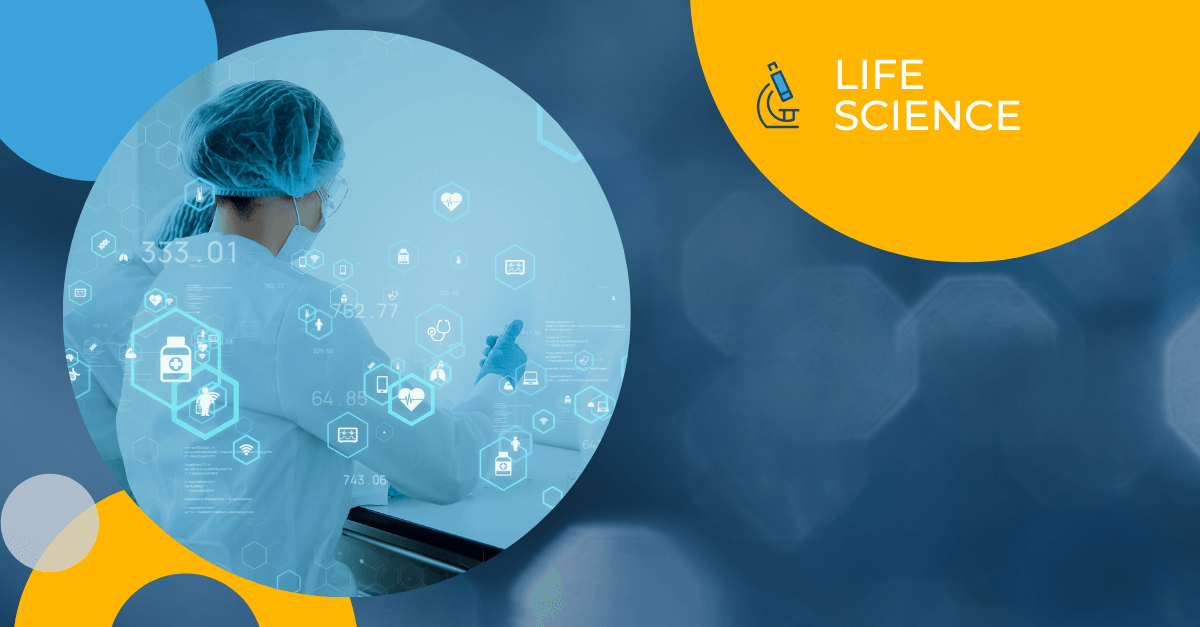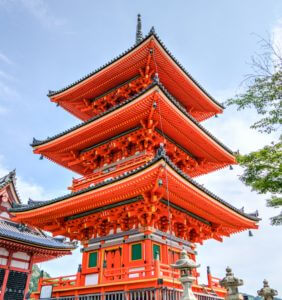Month: November 2019
7 Considerations before Hiring Professional Medical Translation Services

Many types of life sciences documentation require translation as outlined by each country’s governing medical agency.
Some content that may need to be translated includes clinical trial instructions, medical device IFUs (instructions for use), software that runs surgical equipment, medical textbooks and more.
If you’re responsible for procuring professional medical translation services in this unique and highly regulated industry, here are seven things you should know:
1. Absolute accuracy
Medical translations are a specialization, and they require high-quality work. There is zero tolerance for medical translation and editing errors—even an accidental numerical error on a pharmaceutical document could cause harm or death.
2. Subject matter expertise
Given the nature of the content, medical translations can’t be done by just anyone. Medical translations require translators, editors and proofreaders to be highly experienced subject matter experts in the specific medical field.
3. National translation requirements
The international medical industry is highly regulated, so be sure you work with a language services provider (LSP) specializing in medical translations. In most countries, clinical trial documentation and medical labels (on containers, packaging and inserts) must be translated. However, the requirements for translations in each country vary and are regulated by local agencies. For example, countries in the European Union follow the Medical Devices Directive 93/42/EEC, which defines translation requirements based on the type of content and user type, and also outlines requirements for countries with more than one official language. An LSP that specializes in medical translations will know what’s required in each country and can help you successfully navigate the requirements.
4. Proper documentation
Within the medical field, the pharmaceutical industry may be the most specialized. This industry requires detailed documentation of all processes and products, with regulatory requirements requiring translated content to advance between stages. Translators should come from the pharmaceutical industry with experience translating a range of pharmaceutical content & documentation.
5. Cost considerations
High-quality medical translations need to be performed and proofread by subject matter experts in the relevant medical field. Some translations must undergo the additional step of linguistic validation, depending on their use. Don’t compromise on quality by selecting the cheapest translator – when it comes to medical translation, quality has to be perfect.
6. Confidential information
Depending on the confidential nature of your content, you may need to ask your LSP to secure confidentiality agreements from the team members working on your project. An LSP should be able to accommodate this request.
7. Terminology management
Using correct, consistent terminology is a critical part of producing high-quality translations. If you don’t have one already, your LSP can help you develop a glossary of terms that will be used throughout your translation project/s. Establishing these terms before translations begin increases translation consistency while also saving time and money.
Get the latest insights delivered to your inbox
11 Things to Consider If You’re Filing in Japan

Surpassed only by China and the United States, Japan is one of the top 3 countries for patent applications worldwide. In 2018, the Japan Patent Office (JPO) received over 300,000 applications – yet only 19% of those applications were filed by non-residents. This imbalance emphasizes the challenges for international applicants looking to file in Japan, as they face high filing costs and potential challenges with patent translations. If you are new to patent filing in Japan, or if your organization files there frequently, here are 11 points you should keep in mind:
1. Language of application
For direct filing, the application can be filed in English, but the Japanese translation of the description, claims, drawings and abstract must be filed within 14 months from the priority date. For PCT national phase entry, the translation is due upon filing at the 30-month deadline, but a translation extension is available for up to two months from the filing date, without incurring additional fees.
2. Translation errors
Japan has the highest translation error rate and is the language most prone to inaccuracies in IP translation. Why is that? The writing system in Japan has four different alphabets, each of which are used for different purposes: Kanji, Hiragana, Katakana and Rōmaji. It’s absolutely critical that your patent is filed with the correct writing system. Any language errors or ambiguities could lead to costly office actions. Make sure to use an experienced patent translation company to ensure quality and accuracy.
3. First-to-file principle
Japanese law is based on the first-to file principle. This means that in Japan, IP rights are awarded to whoever files a patent first — regardless of the date of the actual invention. For this reason, it’s highly recommended to avoid talking to anyone about your idea without having them sign a non-disclosure agreement (NDA) first. Here is a sample patent NDA.
4. Searching for prior art
Foreign applicants can experience difficulties when searching for prior art in Japan as all previous patents are filed in Japanese. Machine translations of previous publications are available, though, in the Japan Platform for Patent Information database (J-PlatPat), free of charge.
5. Submitting a priority document
If you have already filed a priority document at the EPO or any of these patent offices, you do not need to submit the priority document again in Japan. That’s because of WIPO’s Digital Access Service (DAS), an electronic system that automates the secure transfer of priority documents between participating patent offices. The JPO became a participating member of DAS in April 2009.
6. Appointing a local representative
If an applicant does not reside or have a business address in Japan, they can still file a patent application at the JPO to establish the filing date. After that, however, there is a critical step to complete – the applicant must appoint a representative with a local address to conduct most subsequent procedures (there are a few exceptions). The representative is called a “Patent Administrator” and can be any patent attorney, attorney-at-law or firm registered to practice before the JPO.
7. Power of Attorney requirements
A power of attorney form is is not required for filing or for appointing a local representative. A POA may be required if the representative has to respond to a rejection, or if the granted patent is opposed. Note: If information on a representative is included in the application form, a power of attorney does not need to be submitted.
8. Submitting electronically
Applications can be submitted to the JPO in either paper form or electronically, though a substantial fee will be charged by the JPO for converting paper forms into electronic format. To lower costs, you should therefore submit electronically if possible.
9. Preparing the specification
The JPO is reasonably lenient on details in the specification. The specification must describe the invention in sufficient detail so that it can be completed by a person with skill in the relevant area/s. However, the JPO rarely allows new claims to be added, so it is important to include as much information in the specification as possible.
10. Additional fees for claims
The number of claims does not affect the initial filing fee, but each claim above the first increases examination and annuities fees. These fees have made Japan one of the more expensive countries in which to file your patents. To lower costs, you can reduce the number of claims after filing but before the request for examination.
11. Request for examination time frame
A request for examination must be made within three years of filing. If a request for examination is not filed within this time, the patent application will be considered withdrawn.
For information on how Morningside can help you lower translation & filing costs in Japan while ensuring quality, please contact us below.

